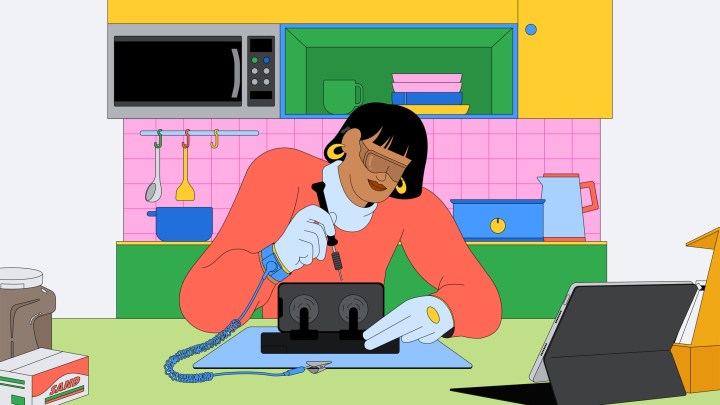Apple has finally opened up its self-service repair program, allowing customers access to tools and manuals to service their own phones without needing to go to an Apple Store or third-party certified repair stores. This follows an announcement made in late 2021 that has spurred a series of similar moves from industry competitors such as Samsung and Google.
The company will charge customers $49 for rental access to tools for a single repair, while also offering access to purchases of parts and tools for those who would prefer more permanent access.
“The new online store offers more than 200 individual parts and tools, enabling customers who are experienced with the complexities of repairing electronic devices to complete repairs on the iPhone 12 and iPhone 13 lineups and iPhone SE (3rd generation), such as the display, battery, and camera. Later this year the program will also include manuals, parts, and tools to perform repairs on Mac computers with Apple silicon,” Apple shared in a press release.

In a further push for sustainability, the company also says that Apple will offer credits for certain parts if they are returned for recycling. Like many other tech companies of its size, Apple prides itself on using a high number of recycled parts in its products.
Apple is not the only company to start working on allowing its customers to repair their phones at home. Samsung and Google both announced initiatives in partnership with iFixit earlier this year, with Google extending it to all Pixel phones rather than a subset. But Apple remains uniquely positioned in this market due to its long software support time scales.
While someone could repair a Pixel 2 or a Pixel 3 and bring it up to working order, the lack of ongoing software support means such a phone will still remain of limited usefulness. In contrast, an Apple iPhone XR or iPhone XS would still have a year or two of utility due to its excellent hardware and Apple’s ongoing delivery of security and software updates. The situation has gotten better for Samsung and Google, with both offering up to five years of security updates, but Apple undeniably keeps an edge.
At the same time, it’s hard not to notice that the phones that would need repair most — starting with the iPhone 11s and older — can’t be repaired at home. Digital Trends has reached out to the company for clarification on this point and will update this story when we hear back.



